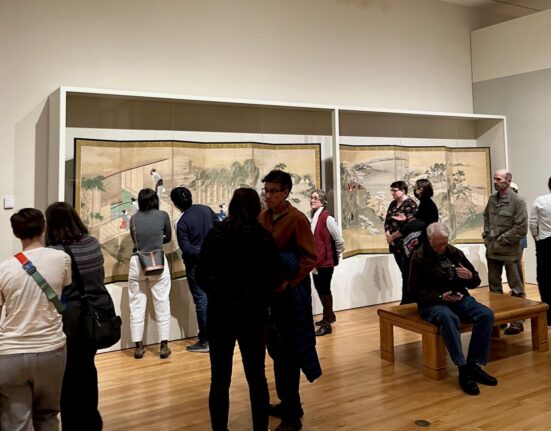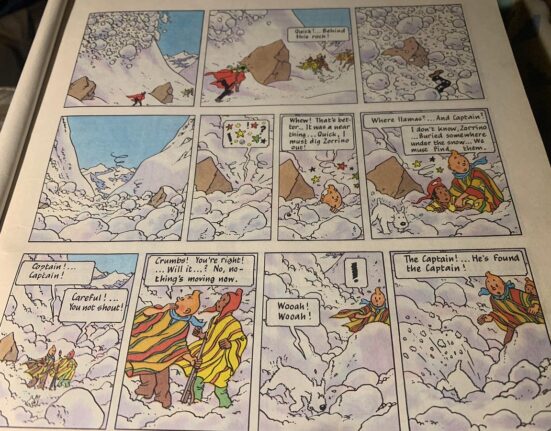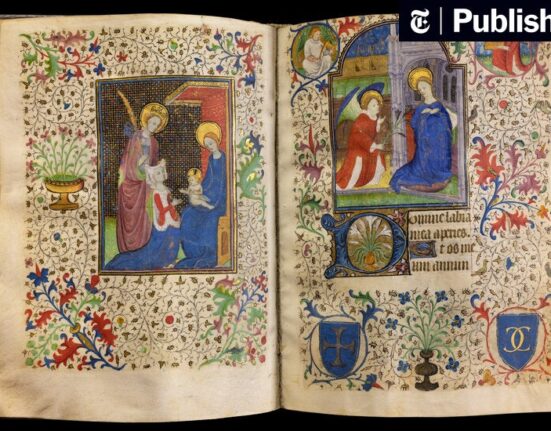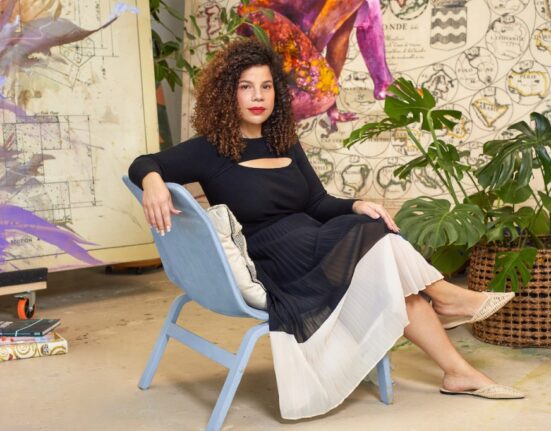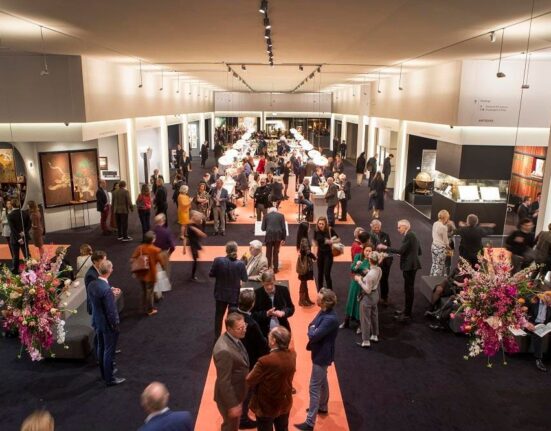The art world descended en masse upon Manhattan during the first week of May for the inaugural edition of New York Art Week, the far-reaching partnership between museums, galleries, art fairs, and auction houses focused on highlighting “an unprecedented offering of global art market events and institutional exhibitions,” according to the initiative’s website. The weeklong programming had at its heart a quartet of fairs scattered across the island, many of which were returning to more standard operating procedures after years of pandemic-induced disruptions. Between the New Art Dealers Alliance (NADA), The European Fine Art Fair (TEFAF), Future Fair, and Independent, art lovers had a wide variety of artists to see and forums to see them in.
“Calm” was the adjective on everyone’s lips as the weekend came to a close. After the relative buzz of the various VIP openings, the fairs settled into a steady clip of leisurely attendance, with many exhibitors commenting on the unexpected opportunity for deep conversation with collectors and curators alike. The hypotheses for this laid-back atmosphere were multiple—some gallerists thought the concentration of different fairs all in relatively close vicinity made for a more spaced-out attendance situation; some suspected that the looming behemoth of Frieze New York inspired a calmer approach; still others blamed the nonstop bad weather. “The pace was definitely dampened,” joked gallerist Luis de Jesus on Sunday as gray skies and cold weather lingered outside for the third day in a row.
Despite the seemingly more measured cadence, however, many galleries left the weekend with a hearty batch of sales. Painting predictably dominated the proceedings, and galleries that featured figurative artists and vibrant large-scale canvases could reliably expect to sell well.
Despite the preponderance of painters among the sold-out booths, craft-based practices also made a strong showing, with mixed-media assemblages and fabric-based works garnering plenty of attention across the various fairs.
- Kasmin’s presentation of multimedia sculptures by the artist vanessa german was one of Independent’s buzziest booths, with visitors flocking to see the vibrant assemblages well into the weekend. The works were constructed out of materials ranging from shoes and books to braided hair and cowrie shells, while the nearby wall text listed such additional intangible components as “desperation,” “therapy,” and “love in the house at midnight.” The gallery sold 11 works by the artist for prices ranging from $30,000 to $45,000 each.
- Canada sold out its solo presentation of mixed-media tondos by Rachel Eulena Williams at Independent, which feature sutured-together swatches of canvas as well as other painted fabric elements. It sold all nine of Williams’s works for prices between $20,000 and $26,000.
- At Independent, Chicago-based gallery moniquemeloche sold out its presentation of mixed-media works by David Shrobe. The works, which riff on classical portraiture by combining materials such as wood, fabric, gemstones, and other found objects into multifaceted compositions focusing on Black sitters, sold for prices ranging between $20,000 and $40,000.
Painting and sculpture may have dominated much of the weekend, but novel approaches and practices could still be found. At NADA, the sort of digital artworks that were so noticeably absent from other fairs were on display at booths like Denny Dimin Gallery’s, which featured computers playing Jeremy Couillard’s video game/video art piece Fuzz Dungeon on loop alongside paintings of old-school arcade consoles by Stephen Thorpe, as well as at the booth of downtown digital art mainstay bitforms gallery, which included the software-driven animation Does The River Flow Both Ways? by Marina Zurkow and James Schmitz.
Elsewhere, anonymous gallery presented an impressive restaging of Elliot Reed’s installation Rhythm, which features three Ducati motorcycles alongside stage lights and speakers, as well as a separate video work and a wall embedded with knives. As of the fair’s close, two editions of the video work had sold for $4,500 each, and the installation had been put on hold for a public collection. “I’m extremely proud of our ambitious presentation, and fairly satisfied with interest from collectors,” said director K.O. Nnamdie. “We hoped commercial reaction would more immediately reflect Reed’s institutional interest—despite the challenges some of the work presents.”
Perhaps the most eye-catching of the new media works, though, was a metaverse-linked “Petshop” by the artist duo Exonemo displayed at the booth of New York–based gallery NowHere, which featured auto-generated dog breeds, displayed on monitors housed within kennel cages, that viewers could purchase with a QR code. A given dog would only be available for purchase for 10 minutes, after which it would be deleted forever and then replaced by a new, auto-generated pup in a sort of mordant commentary on the practices of dog shelters. NowHere director Kentaro Totsuka estimated he sold upwards of 150 digital dogs over the course of the fair, which, at $10 apiece, does not represent all too large a profit—although according to Kentaro, the money isn’t the point. “I want to lower the hurdle, to make it easier to sell digital artwork and to give easier access to buying it as well,” Kentaro said. He added that he expected the fair to have more digital and video works. “There’s just so much painting,” he said.
On the whole, the first edition of New York Art Week felt like an experiment in carving out a space for a different, more approachable sort of New York art fair experience. It may not have been the high-caliber sell-a-thon of fairs like Frieze or The Armory Show, but the weekend’s more relaxed pace and focus on earlier career artists and accessible price points fostered a sense of excitement and connection that seemed to spill beyond sales figures. “I was very happy with the experience,” said Dionne Lausberg, co-director of Queens-based gallery 5-50, who participated in Future. “It was my first fair, and I didn’t know what to expect. The audience was so young, so fun. I can’t wait to do it again.” Put another way, by anonymous’s Nnamdie: “New York is always the starting point.”


